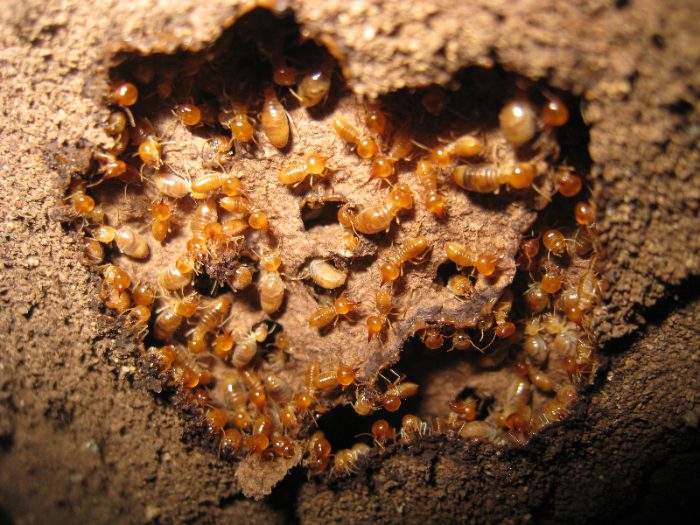How Climate Change May Impact Termite Behavior

Termites, small insects known for their ability to break down wood and plant material, are both a marvel of nature and a major global pest. While they play an essential role in ecosystems by recycling dead organic matter, they also cause billions of dollars in damage to homes and buildings each year. With climate change altering ecosystems around the world, these environmental changes are expected to influence the behavior of pests like termites in significant ways. Understanding how termites might adapt to a warming planet is crucial for minimizing their impact on urban and rural environments.
The Link Between Climate and Termite Behavior
Termites are highly sensitive to their surroundings, thriving in warm and humid environments. Climate effects play a major role in determining termite activity, breeding success, and colony growth. As global warming raises temperatures, termites are likely to experience extended periods of activity, especially in regions where cooler climates once kept them at bay. Warmer conditions could also speed up their metabolism and reproductive cycles, allowing colonies to grow and spread more rapidly.
Increased temperatures might lead termites to expand their territory into new areas. Cooler regions that previously had harsh winters may now provide suitable habitats, as milder winters fail to suppress termite activity. This shift could expose northern regions to the risk of infestations for the first time, marking a significant behavioral shift for these insects.
Changing Infestation Patterns
As the climate warms, termite infestation patterns are likely to change dramatically. In regions that used to be too cold for termites, the population may rise due to the lack of long freezing periods. This expansion into new areas increases the chance of infestations in places previously considered low-risk.
Changing weather patterns may lead to longer breeding seasons. Shorter cold periods might allow termites to swarm more often, giving them more chances to start new colonies. Subterranean termites, which like wet conditions, might enjoy more rain and flooding in some regions. However, in drier areas where water is rare, subterranean termite activity might drop.
These changes underline the complexity of termite adaptation to environmental changes. In some regions, rising temperatures and altered precipitation may create ideal conditions, while others may become less hospitable.
Implications for Homeowners and Urban Areas
For homeowners and urban areas, these shifts could lead to greater challenges. With termite-prone zones expanding, more properties are at risk of infestation. This increases the importance of preventive measures, such as using termite barriers, ensuring proper drainage, and scheduling regular inspections. Structural damage could accelerate as termites establish themselves in new areas, resulting in higher repair and pest control costs.
Economically, the pest impact of termites could grow significantly. Homeowners may need to invest more in prevention and mitigation strategies, and pest control industries will need to innovate to stay ahead of these behavioral shifts.
Preparing for Future Termite Challenges
Homeowners and pest control teams need to act early to fight threats from changing termite habits. Reducing moisture and choosing building materials that termites dislike are very important steps. Pest control businesses must change too, finding new ways to handle these unique challenges from environmental changes.
Homeowners need to stay watchful, learn about local termite activity, and take quick actions to stop infestations. Working with experts helps them to better guard their homes against the growing risks from climate changes.
Be Proactive With Termite Prevention From MightyMite Termite
As climate change continues to reshape termite behavior and expand their activity, proactive pest management has never been more critical. MightyMite Termite, serving the California Bay Area for over a decade, is dedicated to helping homeowners navigate these emerging challenges with effective, eco-friendly solutions and expert advice tailored to your property. By staying informed and taking preventive measures, you can safeguard your home against the heightened risks posed by shifting termite patterns. Don’t let changing climates compromise your home’s protection—contact us today for a free inspection and customized termite control plan.







